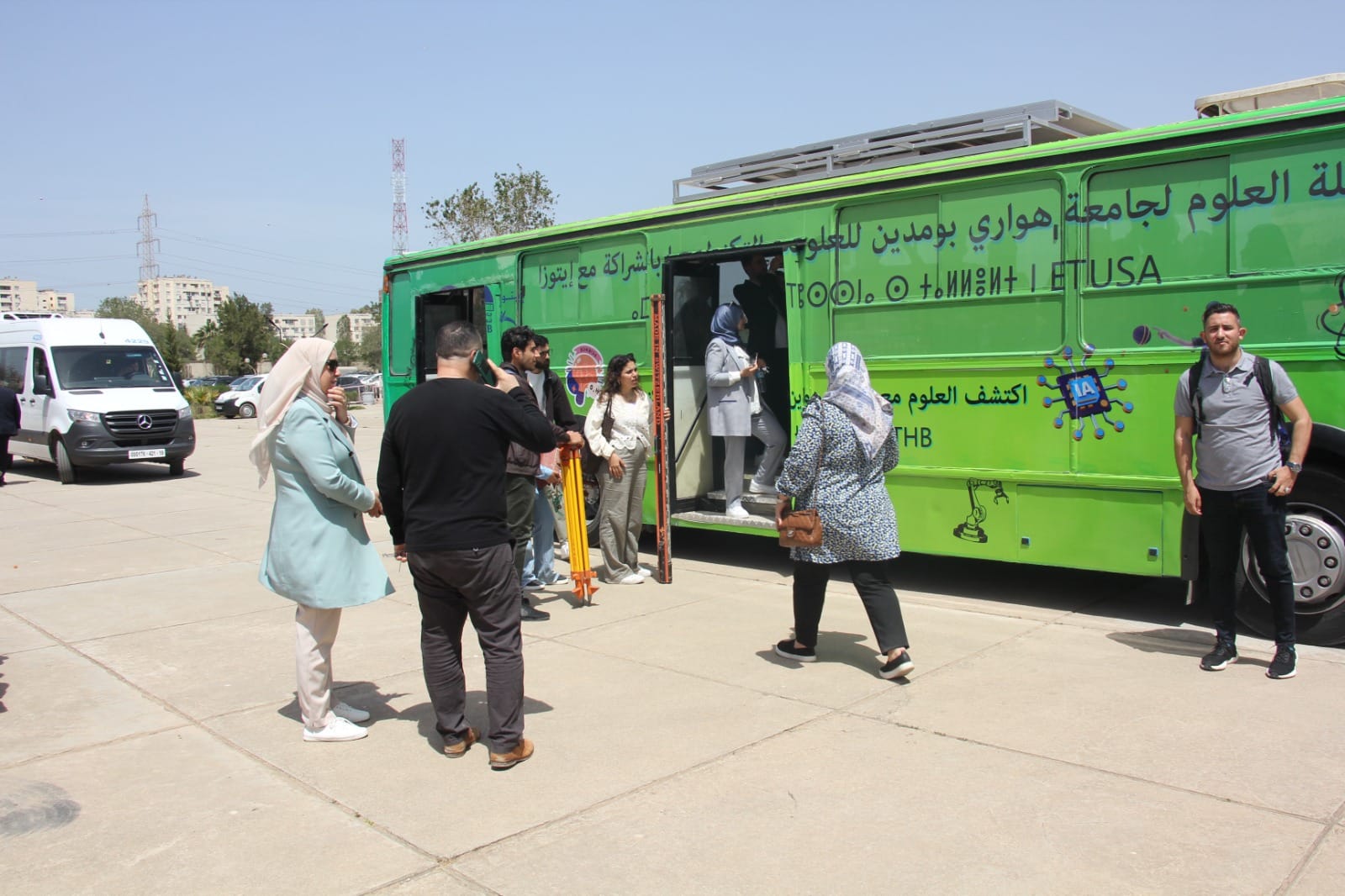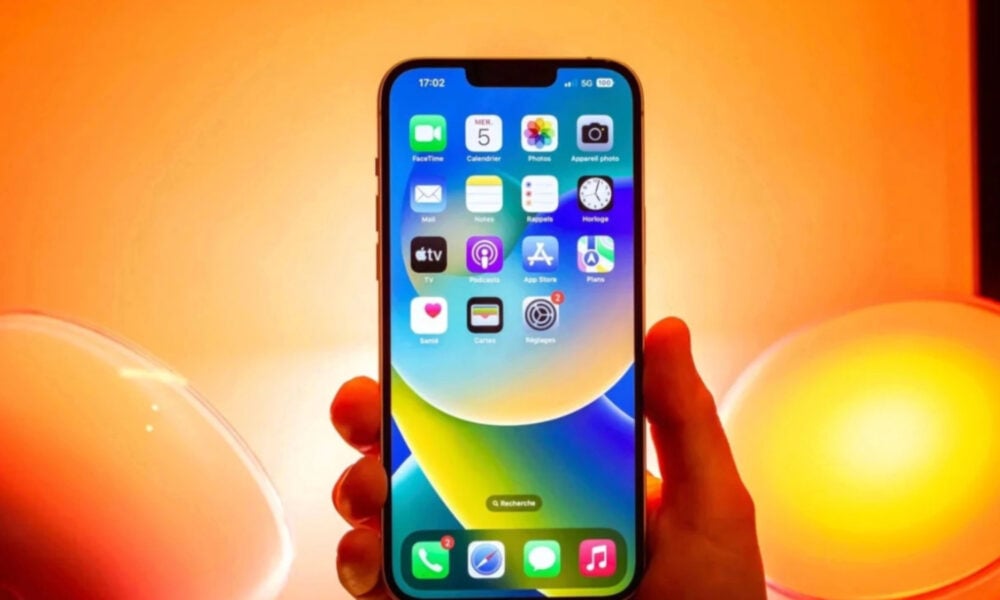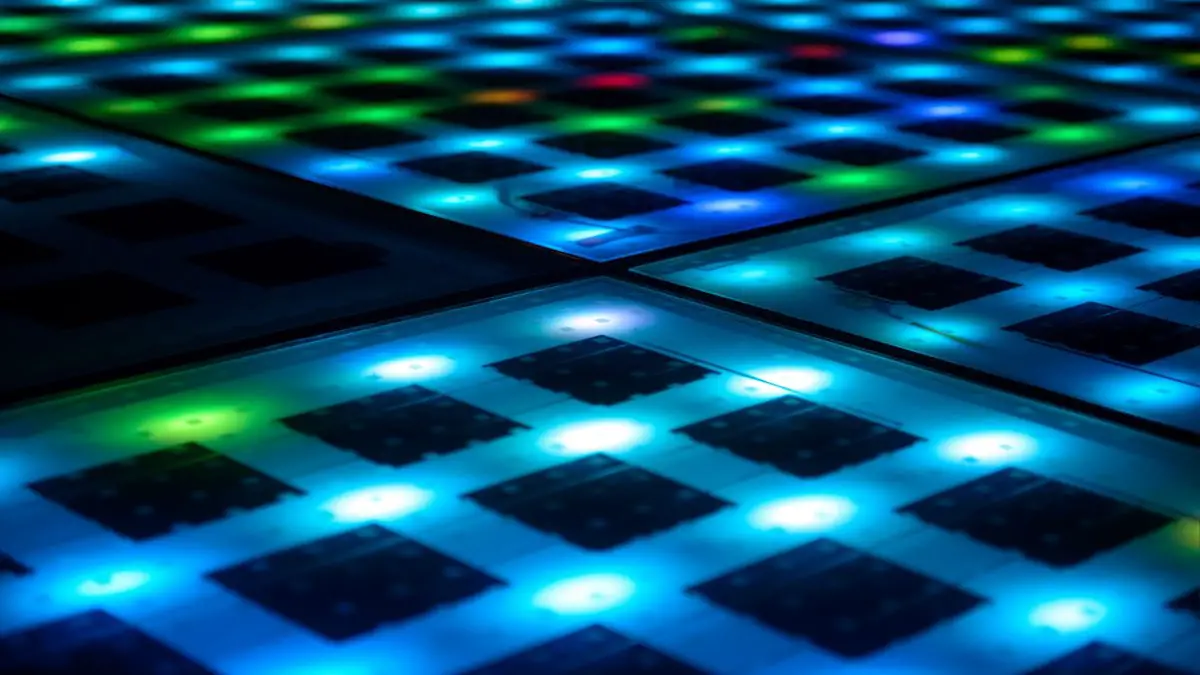British researchers have developed single-atom-thick ribbons of phosphorus mixed with arsenic, which could dramatically improve the efficiency of devices such as batteries, supercapacitors and solar cells.
This discovery opens new horizons for energy, medicine and quantum computing.
Nanoribbons of phosphorus and arsenic
In 2019, the research team ofUCL Discover Nanoribbons of phosphorus, a promising material to revolutionize many devices, from batteries to biomedical sensors. On the other hand, materials containing only phosphorus do not conduct electricity well, which limits their use in some applications.
In the new study published in Journal of the American Chemical SocietyThe researchers created nanoribbons composed of phosphorus and Small amounts of arsenicwhich was found to be able to conduct electricity at temperatures above -140°C, retaining only the very useful properties of phosphor stripes.
Potential applications
Dr. Adam Clancy, lead author of the study, explains that adding arsenic to phosphorus nanoribbons opens up new possibilities, including improved energy storage. Batteries And the SupercapacitorsAs well as improving near-infrared detectors used in medicine.
In addition, the arsenic and phosphorus bands have been found to be magnetized, which makes them interesting Quantum computers.
The researchers believe that the same technique could be used to create alloys that combine phosphorus with other elements such as selenium or germanium.
Impact on batteries and solar cells
To be used as anode material in lithium-ion or sodium-ion batteries, phosphorus nanoribbons currently must be mixed with a conductive material such as carbon. By adding arsenic, the carbon filling is no longer necessary and can be eliminated, increasing the amount of energy the battery can store and the speed at which it can be charged and discharged.
In solar cells, arsenic and phosphorus nanoribbons can also improve charge flow through the devices, thus increasing cell efficiency.
One of the main properties of nanoribbons is that they also exhibit extremely high “hole mobility.” Holes are opposing partners for electrons in electrical transport, so improving their mobility (a measure of how quickly they move through a material) allows electrical current to flow more efficiently.
Nanoribbons can be mass-produced in a liquid that can then be used to apply them volumetrically and cost-effectively to various applications.
Synthetic
Phosphorus and arsenic nanoribbons developed by researchers from University College London offer great potential for improving the energy efficiency of medical and computing devices. This discovery may lead to major progress in the field of batteries. SupercapacitorsSolar cells and quantum computers.
For better understanding
1. What are phosphorus and arsenic nanoribbons?
Phosphorus and arsenic nanoribbons are one-atom-thick structures composed of phosphorus mixed with arsenic. They exhibit interesting electrical and magnetic properties for various applications.
2. What are the potential applications of these nanoribbons?
Potential applications include improving energy storage in batteries and supercapacitors, improving near-infrared detectors used in medicine, and use in quantum computers.
By adding arsenic to the phosphorus nanoribbons, carbon packing is no longer necessary, increasing the amount of energy the battery can store and the speed at which it can be charged and discharged.
Arsenic and phosphorus nanoribbons can improve the flow of charges through devices, thus increasing the efficiency of solar cells.
5. What are the next steps for these nanoribbons?
Researchers will continue to explore the properties and potential applications of phosphorus and arsenic nanoribbons, as well as the possibility of creating alloys with other elements such as selenium or germanium.
*The phosphorus nanoribbons were discovered at UCL by an interdisciplinary team led by Professor Chris Howard (Physics and Astronomy, UCL). Since the isolation of 2D phosphorene sheets in 2014, more than 100 theoretical studies have predicted exciting new properties that could be demonstrated by producing narrow ribbons of this material.
Article: “Production of magnetic nanoarsenic-phosphorus alloys with small band gaps and high hole conductivity” – DOI: 10.1021/jacs.3c03230
[ Rédaction ]

“Hardcore beer fanatic. Falls down a lot. Professional coffee fan. Music ninja.”







More Stories
The seven articles you shouldn't miss this week
Psychologically: When our body is lost in space…
Colorful striped candles to light up your home decor